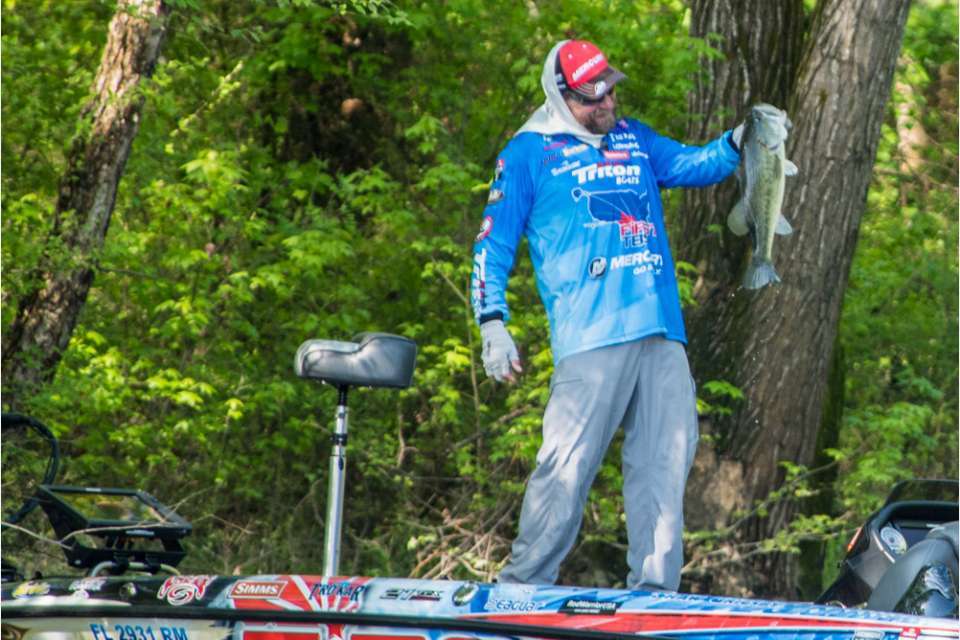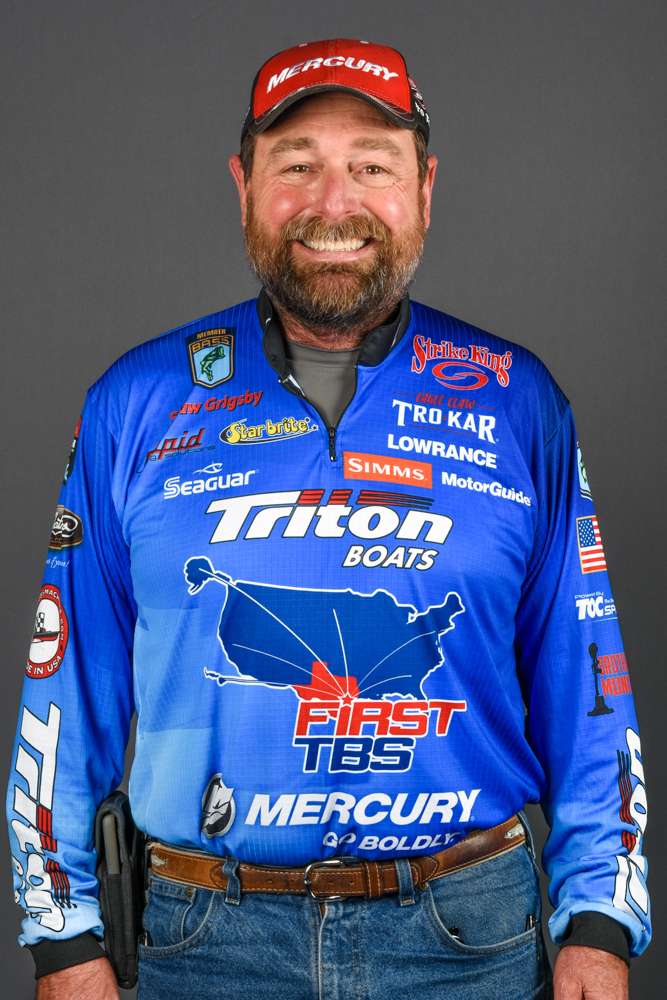
We’re going into the time of the year when our lakes, and some of our rivers, are beginning to turn green. Everywhere you look you see all sorts of vegetation growing in and out of the water. In some places it gets so thick that it actually creates an over abundance of targets. It’s hard to know where to start. That can make bass fishing tough, if you don’t approach it correctly.
Here’s how I do it…
I start by breaking whatever’s growing into two groups — emergent and submergent. The emergent vegetation is what’s growing on top. Lily pads, cattails, buggy whips (pencil reeds) and anything else that forms a mat on top or that sticks a foot or so above the surface.
Submergent vegetation is what’s growing under the surface. It includes things like hydrilla, milfoil, pepper grass and eel grass.
I’m only listing a few types to give you an example of what I’m talking about. There are hundreds of varieties of aquatic vegetation growing around the country. You don’t have to be able to identify all of them. Just put them into one of the two categories I’ve suggested, and you’ll be good to go.
Most experienced bass anglers attack emergent vegetation by punching through it with heavy weights. Typically that’ll be a tungsten weight of at least a full ounce pulling a smaller plastic lure down. The smaller lure is used because when you add a big weight you get a pretty good-sized presentation even with a 3- or 4-inch plastic. Something like a Strike King KVD Perfect Plastic Baby Rodent is about right.
As a general rule heavy mats will produce better when the weather is hot and humid. More scattered emergent vegetation is at its best in the spring.
Submergent vegetation is best attacked with frogs or a Strike King Rage Tail Toad. You can also pitch submergent vegetation if that’s the way you like to fish. But, for my money one of the best lures in submergent vegetation is a lipless crankbait.
I let mine settle down into the grass and then rip it out. The grass will grab the treble hooks and cause it to jerk and twitch as it moves forward. You’ll need a heavy rod and braided line. The line is especially important. Fluorocarbon or monofilament line won’t get it done. They’re just not tough enough. My preference is Seaguar Smackdown.
Beyond these suggestions I’d say that the best way to fish a grass filled lake or river is to approach it like you would any other body of water. Look for points made by the vegetation, irregularities in the weed lines or holes in whatever vegetation you can see.
When you find places like that fish them until you find the fish and then try to find similar spots. That might sound simple and obvious, but that’s the way to do it.
Pay particular attention to any place where two different types of vegetation meet. They can be real fish magnets. I remember one time I caught several giants — bass between 7 and 10 pounds — in small spots where lily pads butted up against hyacinth grass. The bass wanted both, and when they found it they wanted to eat.
Don’t let vegetation get the better of you this year. Plan your attack, and think before you start fishing.

